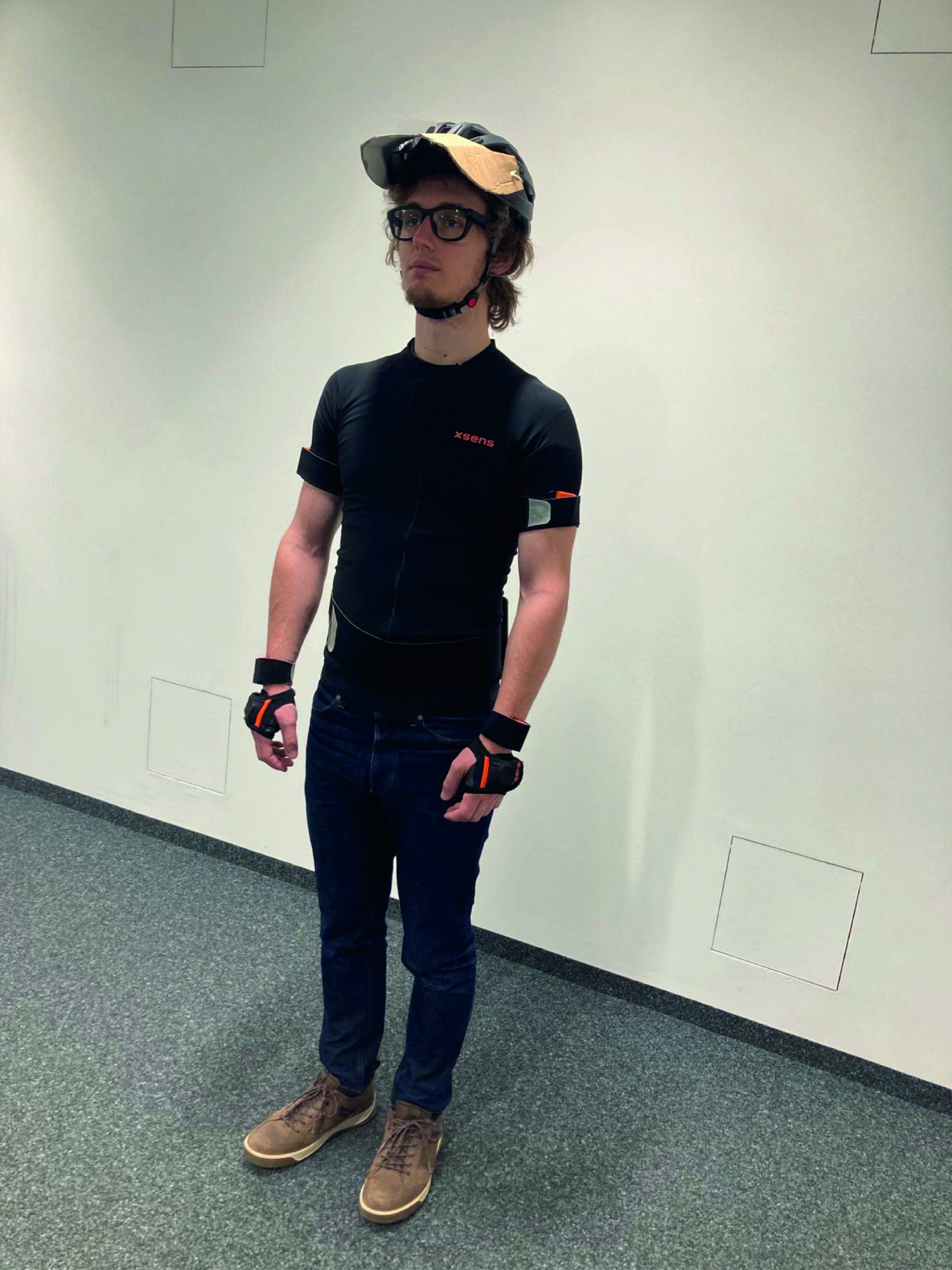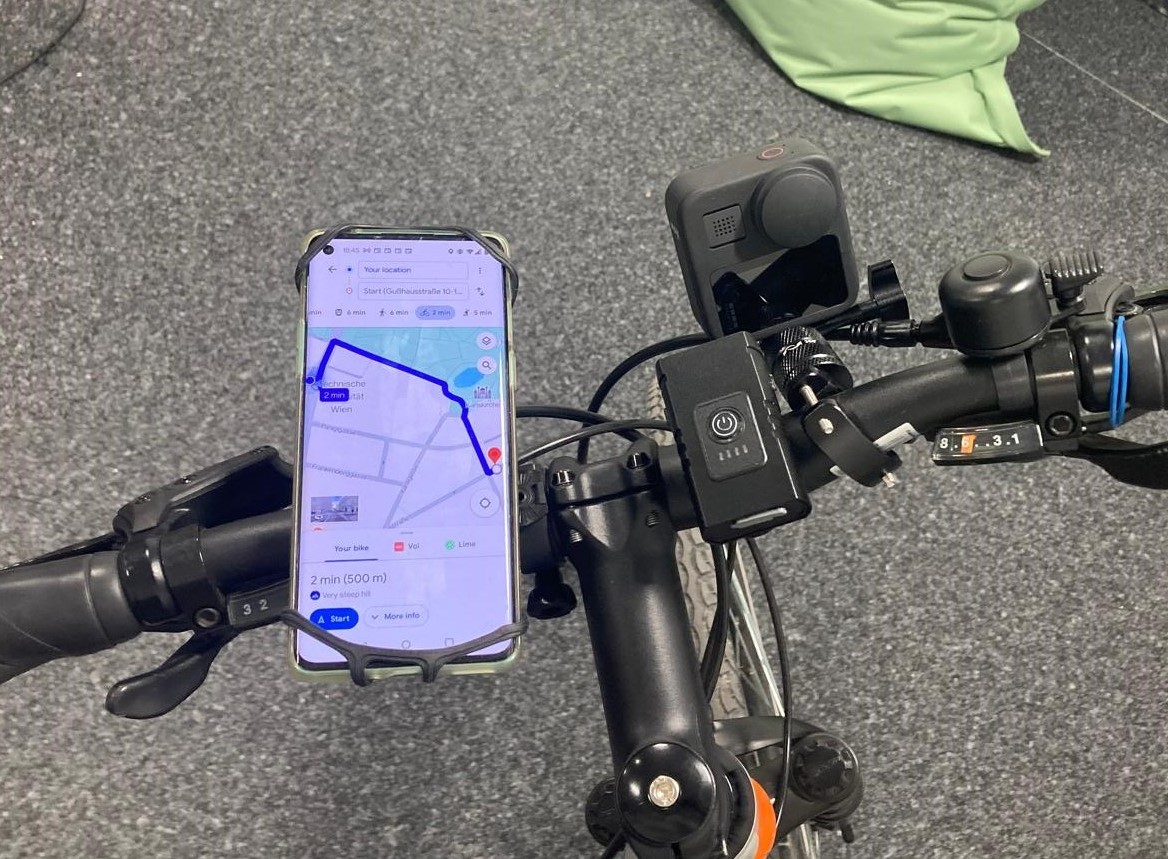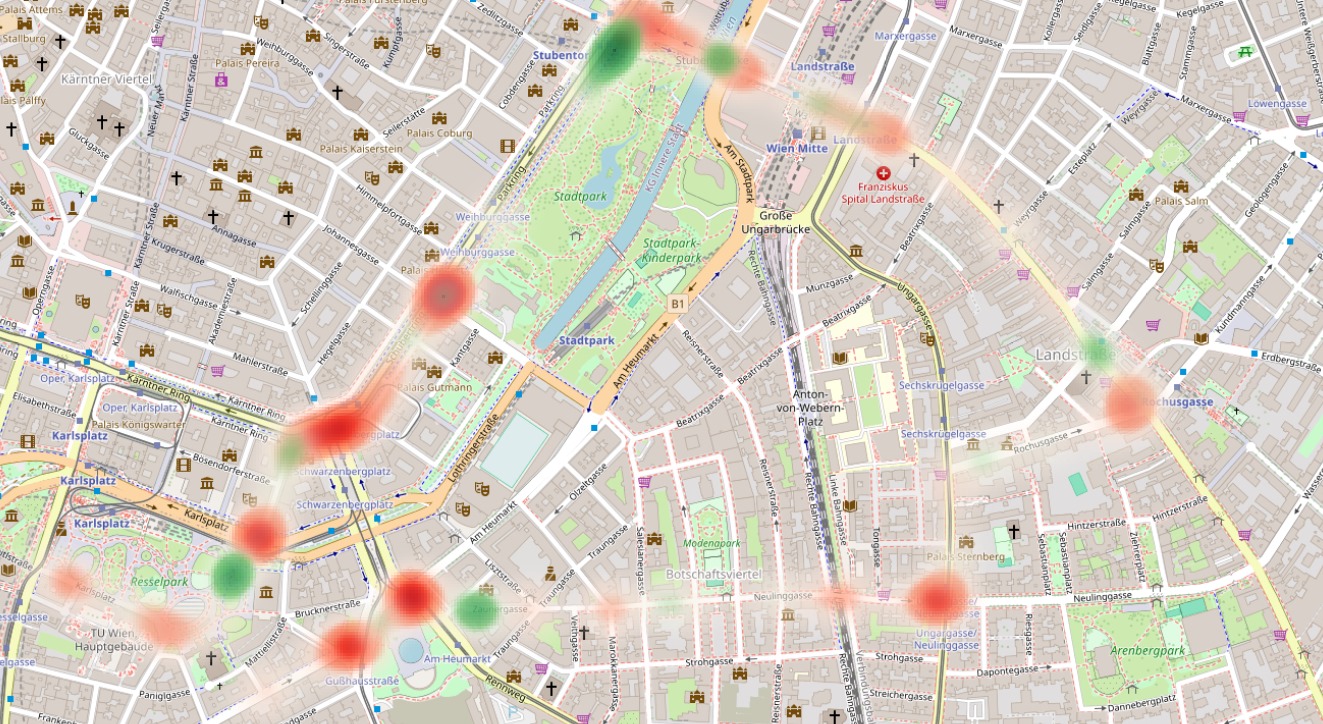Human Behavior Research in XMo
We study how people move and interact in cities. These insights help explain the connections between mobility, transportation, and urban environments.
Human Perception, Cognition, and Preferences
Humans are at the heart of every urban environment. After all, cities and their services exist for the people who use them. Understanding how individuals perceive their surroundings, make decisions about movement, choose modes of transportation, and experience the cognitive and emotional demands of urban spaces is essential for designing truly human-centered cities.
At the XMo Lab, we work hand in hand with the Spatial HCI Lab to explore these questions from multiple perspectives. Together, we study how people interact with their environment—from individual behavior captured through sensory data to broader mobility patterns across different societal groups. Our shared goal is to bridge the gap between human experience and urban systems, paving the way for more inclusive, adaptive, and intelligent cities.
Understanding Human Preferences in Mobility
Empirical research in transportation and mobility behavior shows that people tend to follow certain patterns when making daily trips. For instance, most individuals prefer not to walk more than about 1.5 km during a single trip or switch between more than four modes of transport on their way to work. Can you relate to that?
At the XMo Lab, we aim to deepen this understanding by exploring such preferences across different trip purposes and diverse user groups. These insights help us go beyond traditional “fastest route” navigation models. By encoding human preferences into cost functions for route optimization, we can develop services that suggest not just the quickest route, but the one that best matches your preferences.

We have already taken the first steps toward this vision by developing a framework that encodes these behavioral preferences based on existing empirical research.







